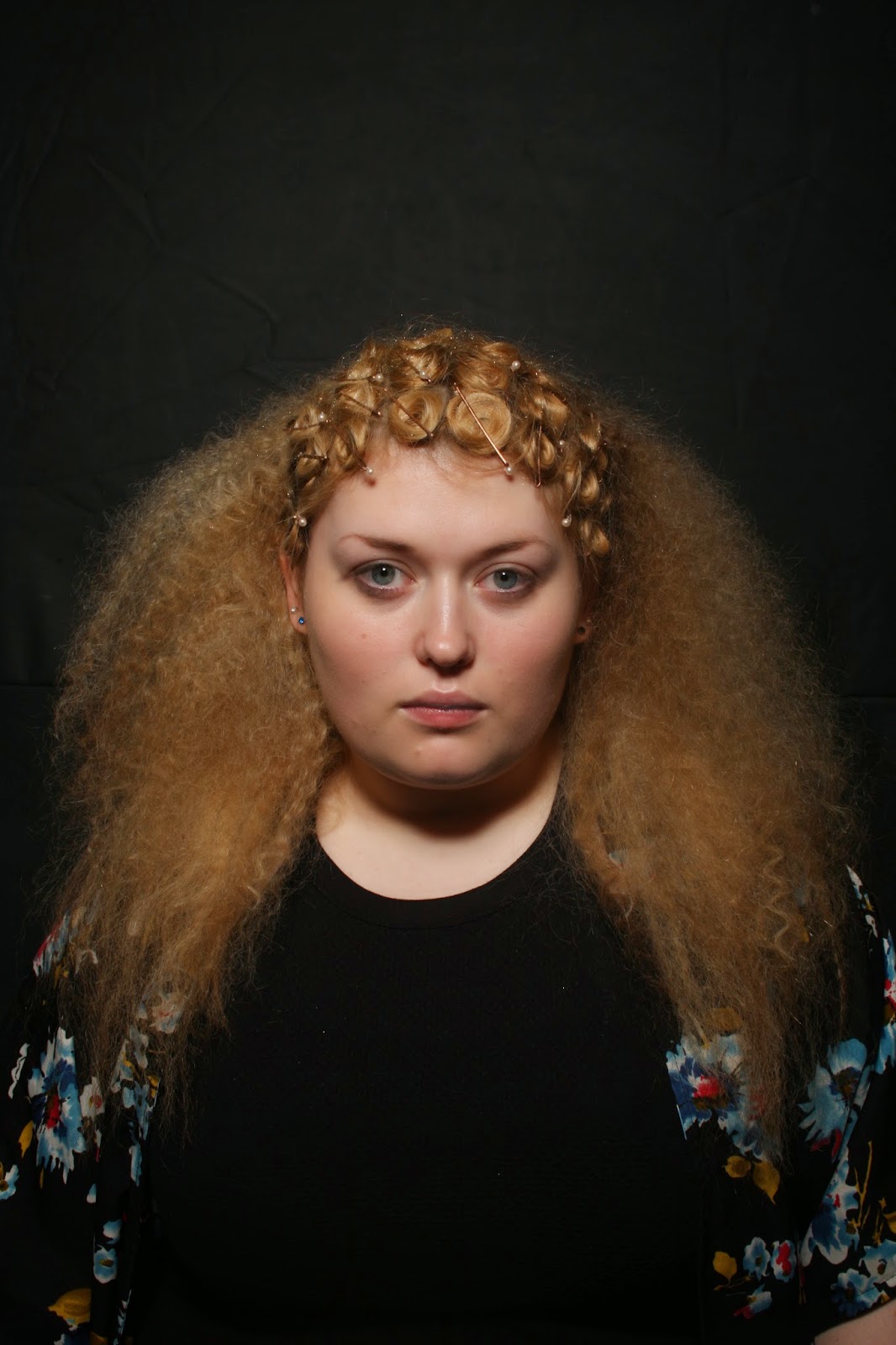Book Ref: 'Encyclopedia of Hair: A Cultural History', Victoria Sherrow, Greenwood Publishing Group Inc, 2006
Within the Elizabethan period the fashionable obsession to have the hair curled, frizzed, padded and coloured put tremendous pressure onto the wearers hair structure. The desire to achieve the golden red locks of the Queen often meant that many women and men faced issues with hair loss, skin poisoning and serious illness as a result of the chemicals placed onto the scalp. This was an issue that affected women and men alike as the fashion continued to grow throughout the 16th century. The hair shade of desire was that of Elizabeth I shimmering reddish gold that she possessed naturally throughout most of her young life, obviously most women were not born with this natural hue and therefore resorted to dying their hair, or if the hair would not colour to removing it completely for the purpose of perri wigs.
Many of the red dyes used on the hair contained a series of poisonous ingredients, and even the most effective of colours came with hazardous results suffered by even the Queen herself. One hair dye in particular included ingredients such as oil of vitriol and rhubarb juice, the oil being a corrosive sulphuric acid substance that ate away at the hair often damaging the scalp in the process. In addition to this as the hair was not often washed within this period the effects of the colourant were long lasting once activated often resulting in ongoing baldness and chemical burns. Shampoo was not yet an invention and therefore excess oil and dirt was merely masked through powdering the hair with a powder mix of flour and violet. Violet evidently was most effective for masking the small of dirt within the hair. Once the hair had been destroyed many women were left with no other option than to wear a wig to maintain the fashionable illusion of red hair however these too, in a period before wig caps, irritated the scalp and furthered the damage already caused through the chemicals.
This obsession with red hair went so far that men would colour their facial hair to match and it is reported that even the Queens horses had their manes and tails stained a reddish gold hue to match that of her majesties wigs.





































_by_Marcus_Gheeraerts_the_Younger.jpg)













